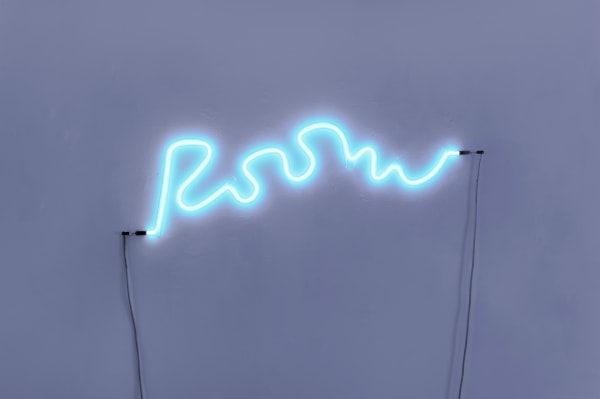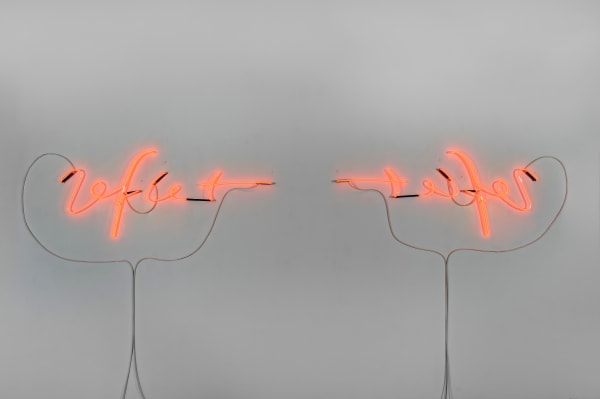-
-

-

-
The exhibition Light, a tool for thinking the world, explores experiments carried out by the artist questioning fundamental principles. The light works presented in this exhibition were mostly created during the 1970s. Unlike the previous decade, marked by intense production, Kowalski devoted himself during the 1970s to large-scale projects. Nevertheless, he continues his investigations of the world through an increased use of neon, the medium at the center of this exhibition.Invented in 1910 by Georges Claude, a French national, the neon was quickly exploited by the advertising world. In 2012, the Maison Rouge presented a particularly important exhibition dedicated solely to the medium of neon: Néon. Who’s afraid of red, yellow and blue? In the presentation text of this event, the exhibition curator, David Rosenberg, describes the history of neon in the history of art. Used in the 1930s and at the end of the 1940s notably by Lucio Fontana, the use of neon in the field of Art was developed particularly in the 1960s. Piotr Kowalski, one of the pioneers in this field, used this medium for its strong ability to communicate in order to highlight scientific, cultural or philosophical questions.Within this exhibition, the viewer is invited to objectively question principles such as symmetry in the works Room, Room (1973), Reflet, Reflet (1991) or even perspective in the works Perspective New York (1973-1997), Perspective Dhuizon (1973-1997). Whereas in the work Wozu (1978), a word that we can translate as What’s the point?, the viewer will be confronted to a more philosophical, subjective questioning.
-

-
-
-
Piotr Kowalski: Light, a tool for thinking the world
Past viewing_room










